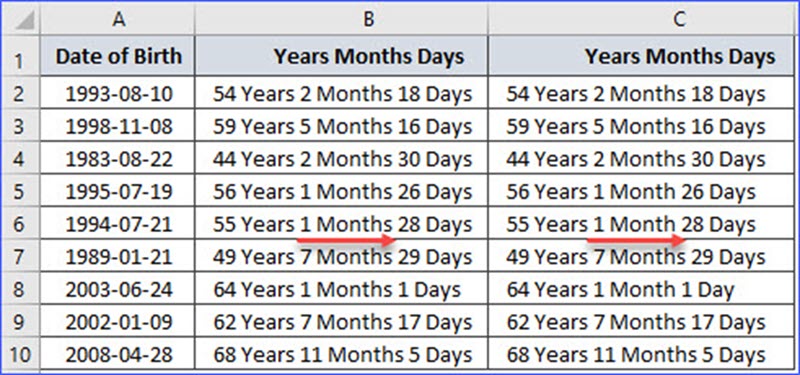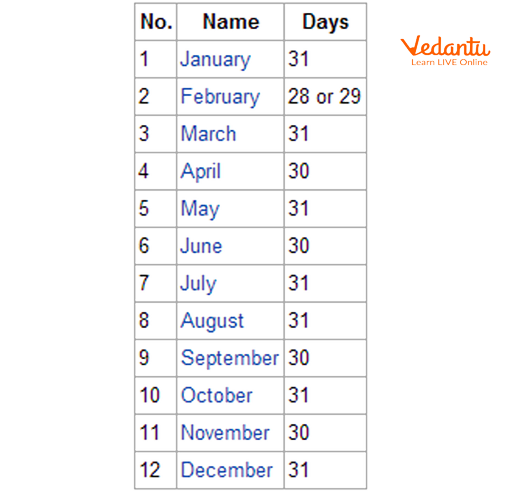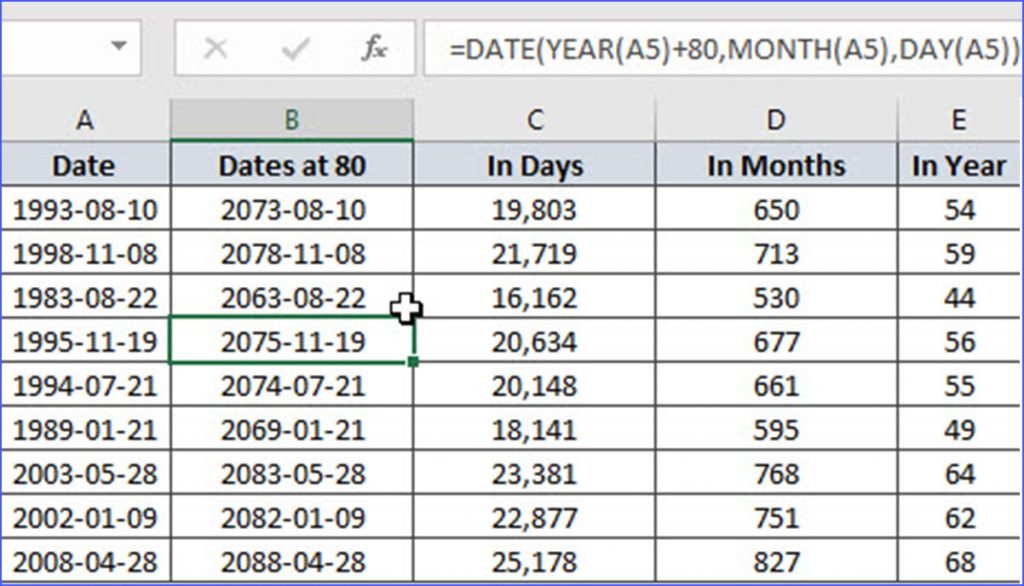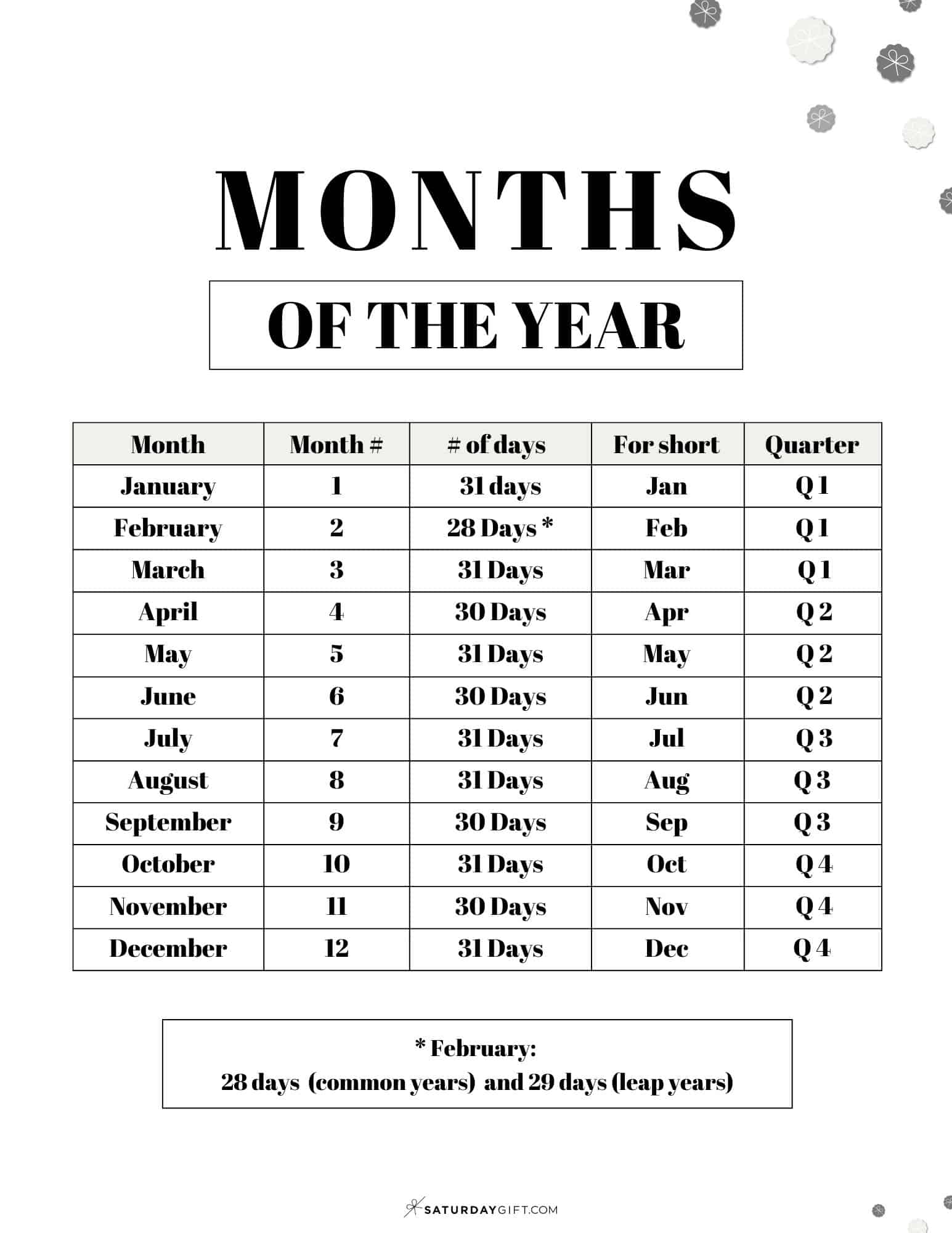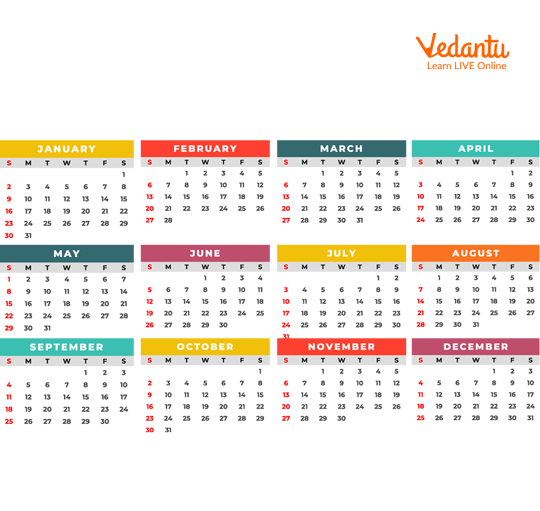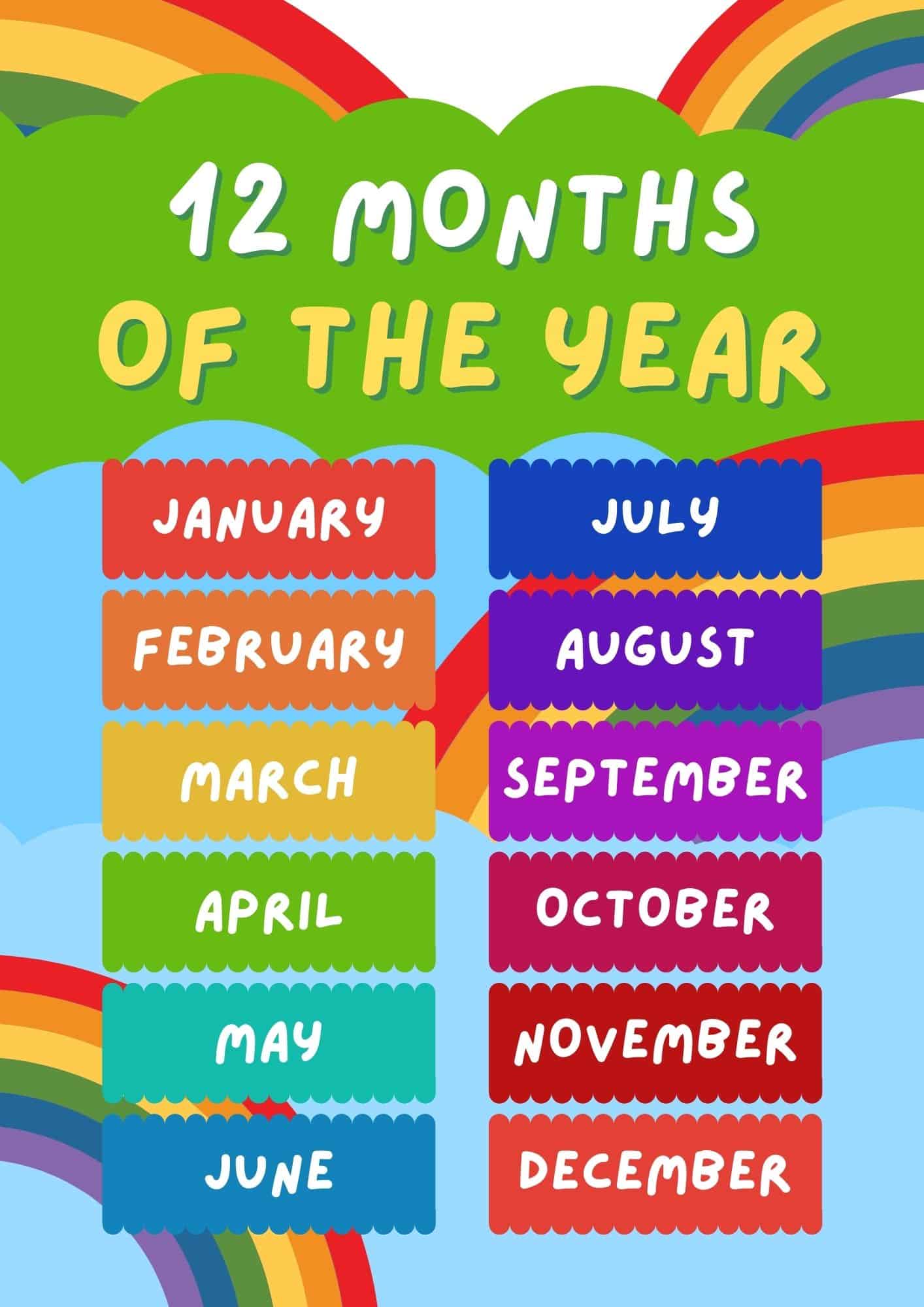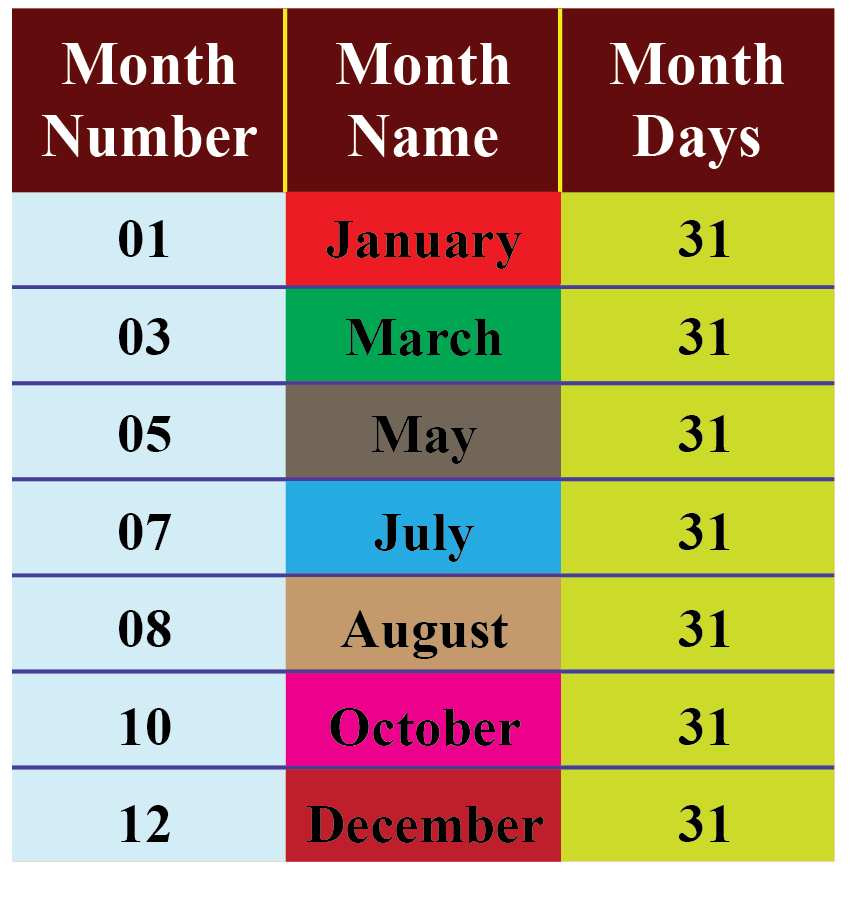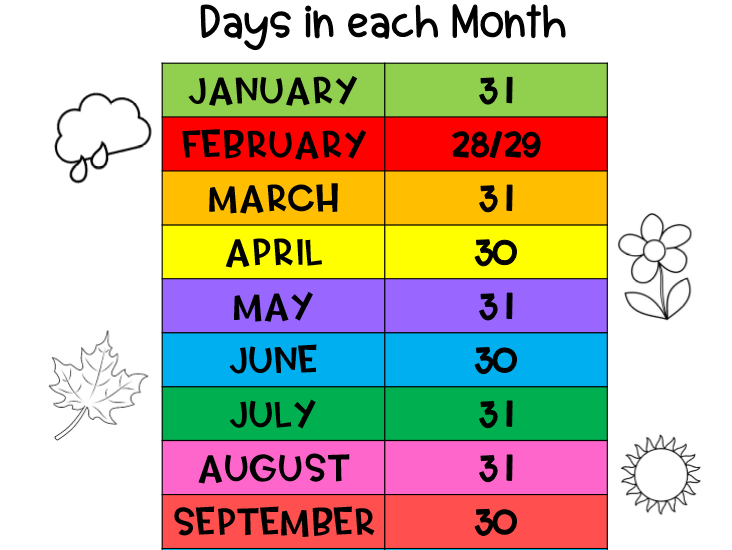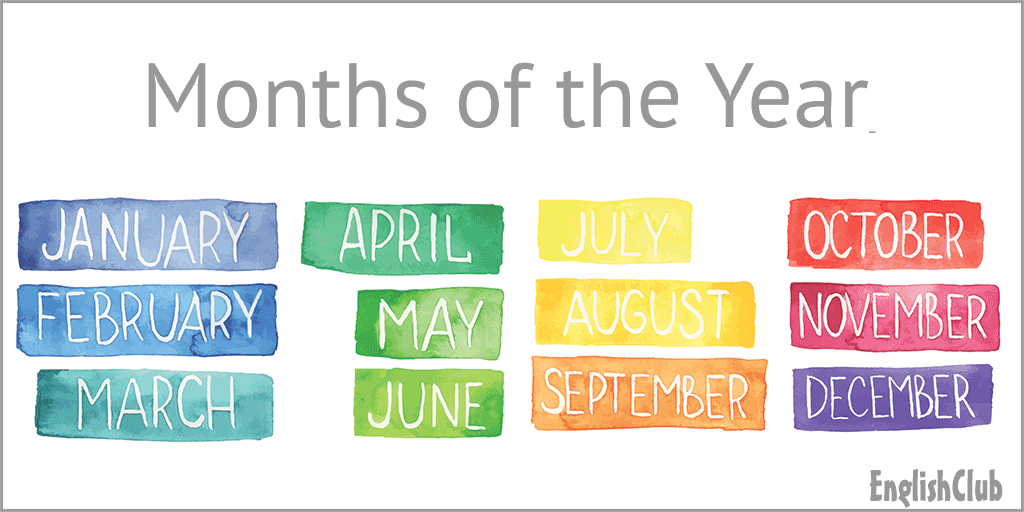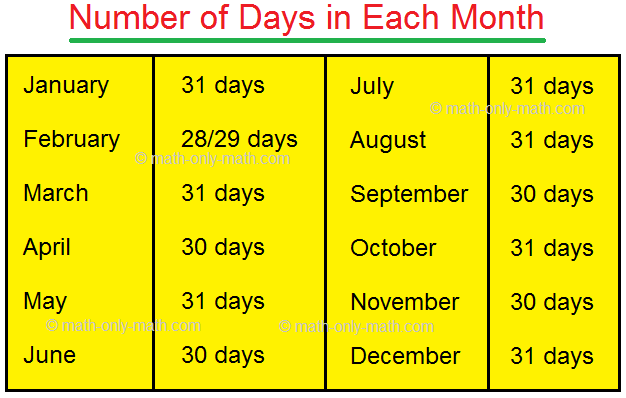How Many Years Is 88 Months

Imagine a cozy living room, sunlight streaming through the window, illuminating dust motes dancing in the air. A grandmother sits in her favorite armchair, a knitted blanket draped over her knees, as her granddaughter perches on the rug, eyes wide with curiosity. "Grandma," she asks, "how many years is 88 months?" The air is thick with anticipation, a simple question holding the promise of a warm, shared moment.
At its heart, figuring out how many years are in 88 months is a fundamental exercise in unit conversion. The answer, of course, is 7 years and 4 months, but understanding the calculation and its relevance extends beyond simple arithmetic.
The Nuts and Bolts of Conversion
The core concept revolves around knowing the relationship between months and years. There are 12 months in a single year.
Therefore, to find out how many years are in 88 months, we divide 88 by 12.
This calculation results in 7 with a remainder of 4. That remainder represents the additional months beyond the full years.
Breaking it Down Further
The division 88 ÷ 12 = 7 R 4 translates directly into 7 full years and 4 additional months.
This simple calculation is a practical application of basic math principles.
It highlights the importance of understanding how different units of time relate to each other.
The Significance of Time Calculations
Understanding time conversions is more than just a mathematical exercise; it's a crucial life skill. From planning events to managing finances, the ability to translate between months and years is invaluable.
Consider a loan agreement that spans 88 months. Being able to quickly recognize that this equates to 7 years and 4 months offers a clearer perspective on the long-term financial commitment.
Similarly, projecting milestones in a child's development or planning for retirement requires a grasp of these time-related calculations.
Think about a project timeline at work. If a project is slated to take 88 months, understanding that it is a little over 7 years allows for better resource allocation and realistic expectation setting.
Without this basic understanding, individuals can feel lost in a sea of numbers, unable to properly contextualize the duration of various commitments and projects. Accurate time estimation is a cornerstone of effective planning in personal and professional life.
Real-World Applications
The application of these conversions extends to numerous scenarios. For example, calculating the duration of a lease agreement. Most leases are expressed in months, but seeing the equivalent in years provides a better understanding of the commitment involved.
Medical treatments, especially long-term therapies, often have durations specified in months.
Being able to translate this into years provides patients with a clearer picture of their treatment timeline and helps them plan accordingly. Understanding the timeline is an important consideration when making healthcare decisions.
Another application can be found in the field of economics. Growth projections for certain sectors may be presented in terms of monthly or quarterly data.
Converting these figures into annual timelines allows economists and investors to analyze long-term trends and make informed decisions. Effective financial decision making relies on accurate and easily digestible data.
Furthermore, the skill applies to historical analysis. Understanding the time span of historical events can be enhanced by converting months into years, providing a better sense of the period's significance.
The Psychological Perspective
There's also a psychological dimension to understanding time conversions. Consider the difference between hearing that something will take "88 months" versus hearing that it will take "7 years and 4 months." The latter is often more easily grasped because years are a more familiar and relatable unit of time.
Expressing durations in years can create a sense of perspective that is absent when time is solely measured in months. This clearer understanding reduces anxiety, empowers better decision-making, and promotes more effective planning.
By changing the units, you change the mental framing of the time involved, making the whole thing easier to digest.
This is why effective communication often involves translating data into units that are easily understood by the target audience. It’s about simplifying complexity to foster understanding and empower action.
The choice of units matters, especially when dealing with time perception.
The Joy of Discovery
Ultimately, the act of converting months to years is a small but significant example of how we make sense of the world. It's a reminder that knowledge is built upon fundamental building blocks, and even seemingly simple calculations can unlock deeper understanding.
Learning how to do these conversions provides a valuable skill and strengthens our ability to navigate the complexities of everyday life.
The process of converting and analyzing those numbers makes us more informed and able to make smart decisions in business and in life.
So, the next time you encounter a time period expressed in months, remember the simple division and the wider context it unlocks. Embrace the joy of discovery and the power of understanding the passage of time.
Like the grandmother in the sunlight, you too can share the gift of knowledge and guide others to see the world a little more clearly.
The world is a complex place, and the ability to understand time in its various forms is a skill that will serve you well.
